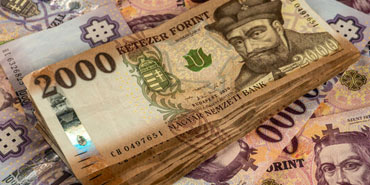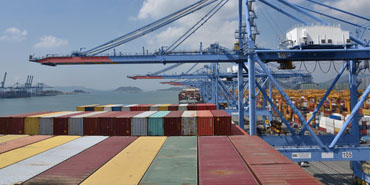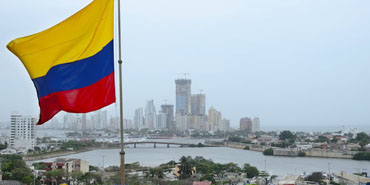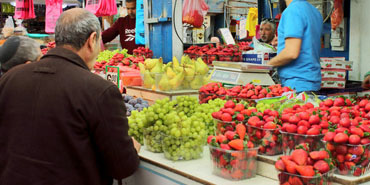During the past year, Colombia has experienced a consistent downward trend in inflation rates, with March marking a significant milestone as inflation continues its descent. According to the National Administrative Department of Statistics (DANE), the Consumer Price Index (CPI) for March recorded an annual inflation rate of 7.36%, representing a notable decrease compared to the previous year. This figure starkly contrasts with the peak reached by inflation in 2022, which soared to a high of 13.12%.
The transportation sector emerged as the primary contributor to inflationary pressures, both on an annual and monthly basis. This persistent decline in inflation rates underscores the economic dynamics at play, reflecting a broader trend of stability and moderation in price levels.
The decrease in inflation rates over the past year has been accompanied by fluctuations in various sectors. Particularly, sectors such as transportation and restaurants/hotels have witnessed significant increases, while categories like clothing and non-alcoholic beverages have experienced more moderate growth. This shift in sectoral inflation patterns reflects changing consumption habits and market dynamics within the Colombian economy.
Regional variations in inflation rates also warrant attention, with cities like Valledupar, Montería, and Medellín recording higher inflation rates compared to others. However, the overall trend indicates a convergence towards single-digit inflation rates across all cities, signaling a broader normalization of price levels.
Despite the downward trajectory, inflation in Colombia remains above the central bank's target of 3%. Factors such as weather patterns induced by El Niño, regulated service fees, and potential currency fluctuations pose ongoing risks to inflation dynamics. Additionally, the phenomenon of indexing, where price adjustments are based on previous price changes, adds complexity to the prediction and management of inflation.
Looking ahead, analysts remain cautious about the pace of inflation decline and its implications for monetary policy. While some anticipate further moderation in inflation rates, others emphasize the need for proactive measures to address inflationary pressures. Recent adjustments to central bank interest rates reflect a delicate balance aimed at supporting economic growth while maintaining price stability.
In conclusion, Colombia's inflation outlook reflects a mix of challenges and opportunities, with ongoing efforts to navigate uncertainties and foster sustainable economic growth. As policymakers and market participants continue to monitor inflation dynamics, proactive measures will be crucial in promoting an environment conducive to investment and development.




















